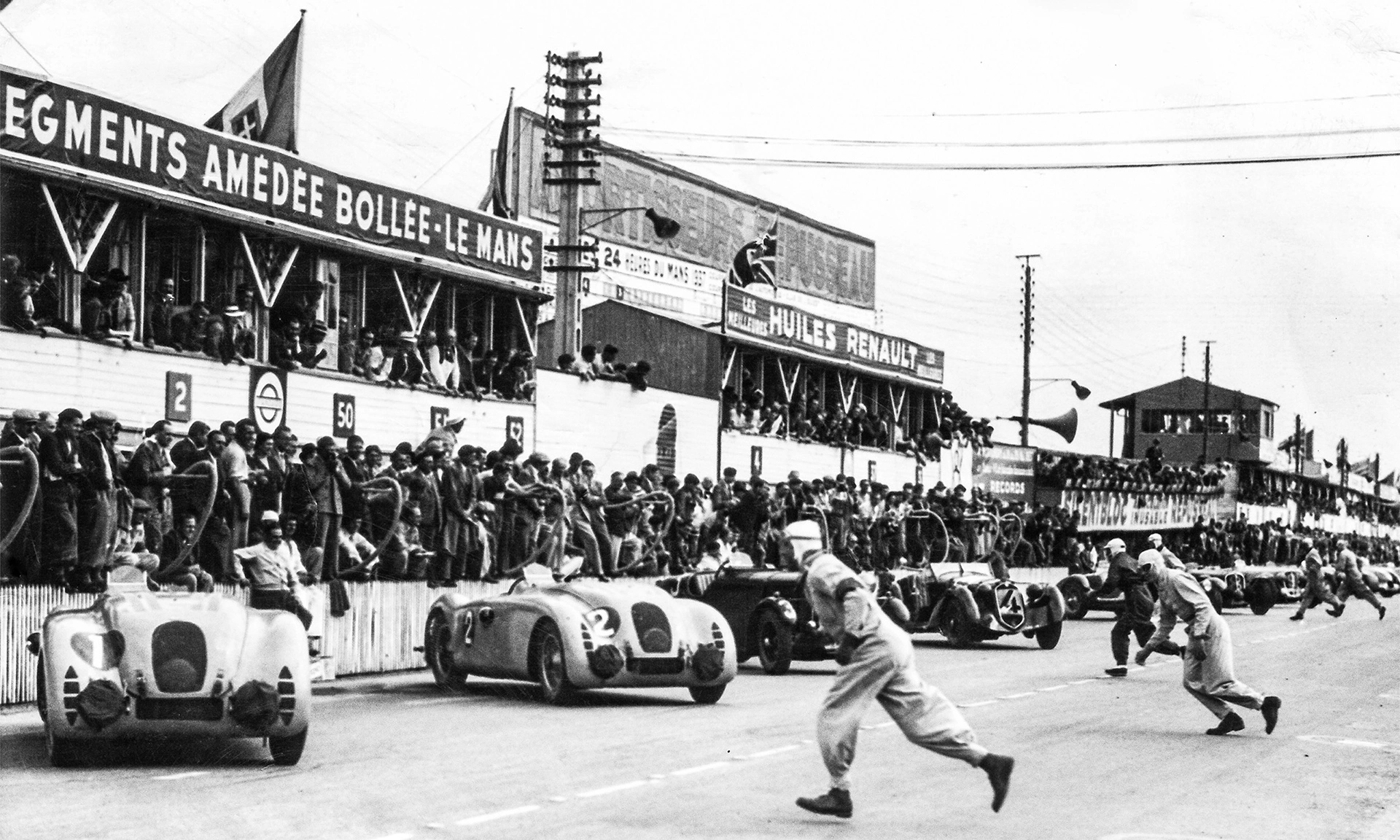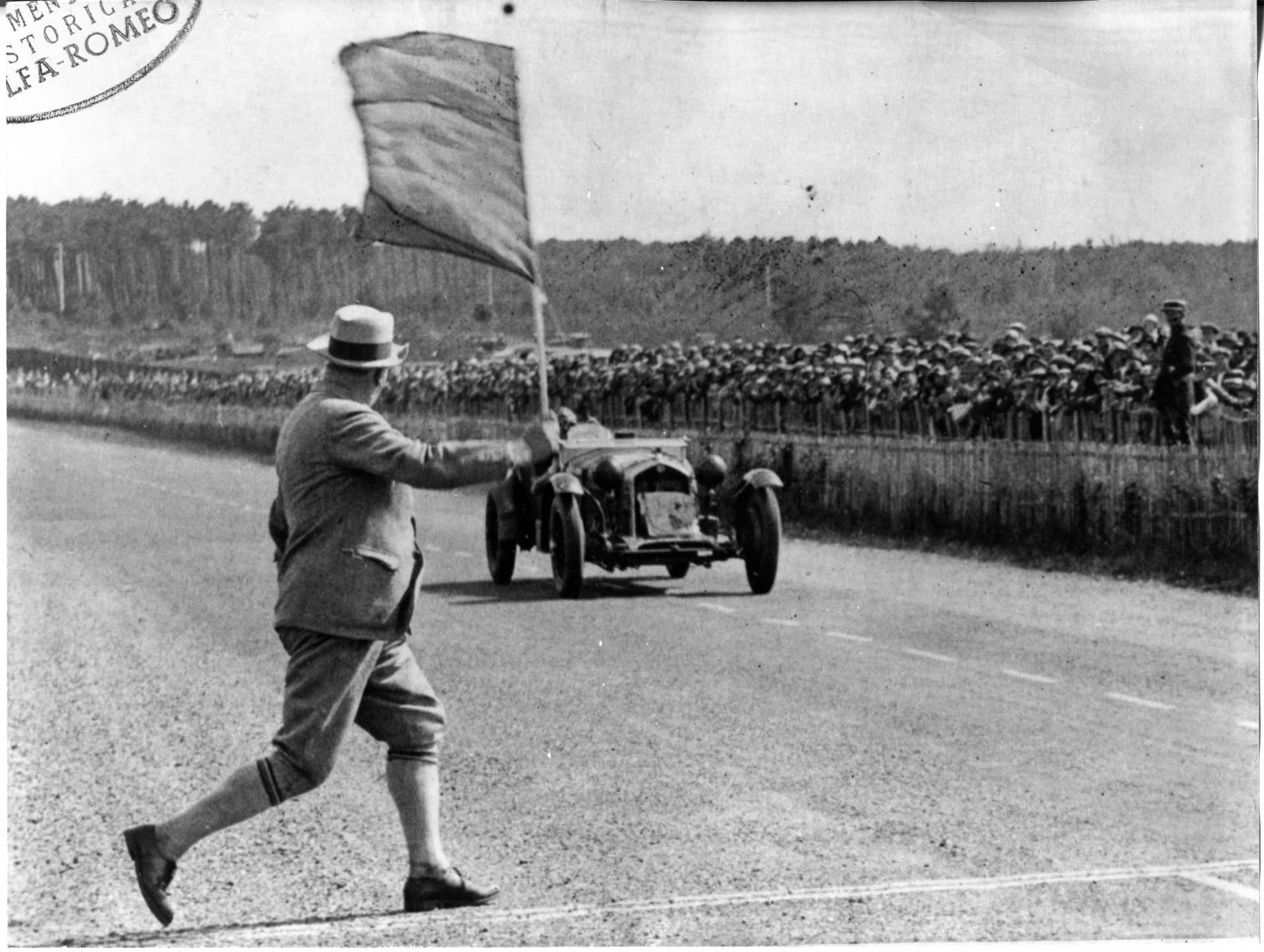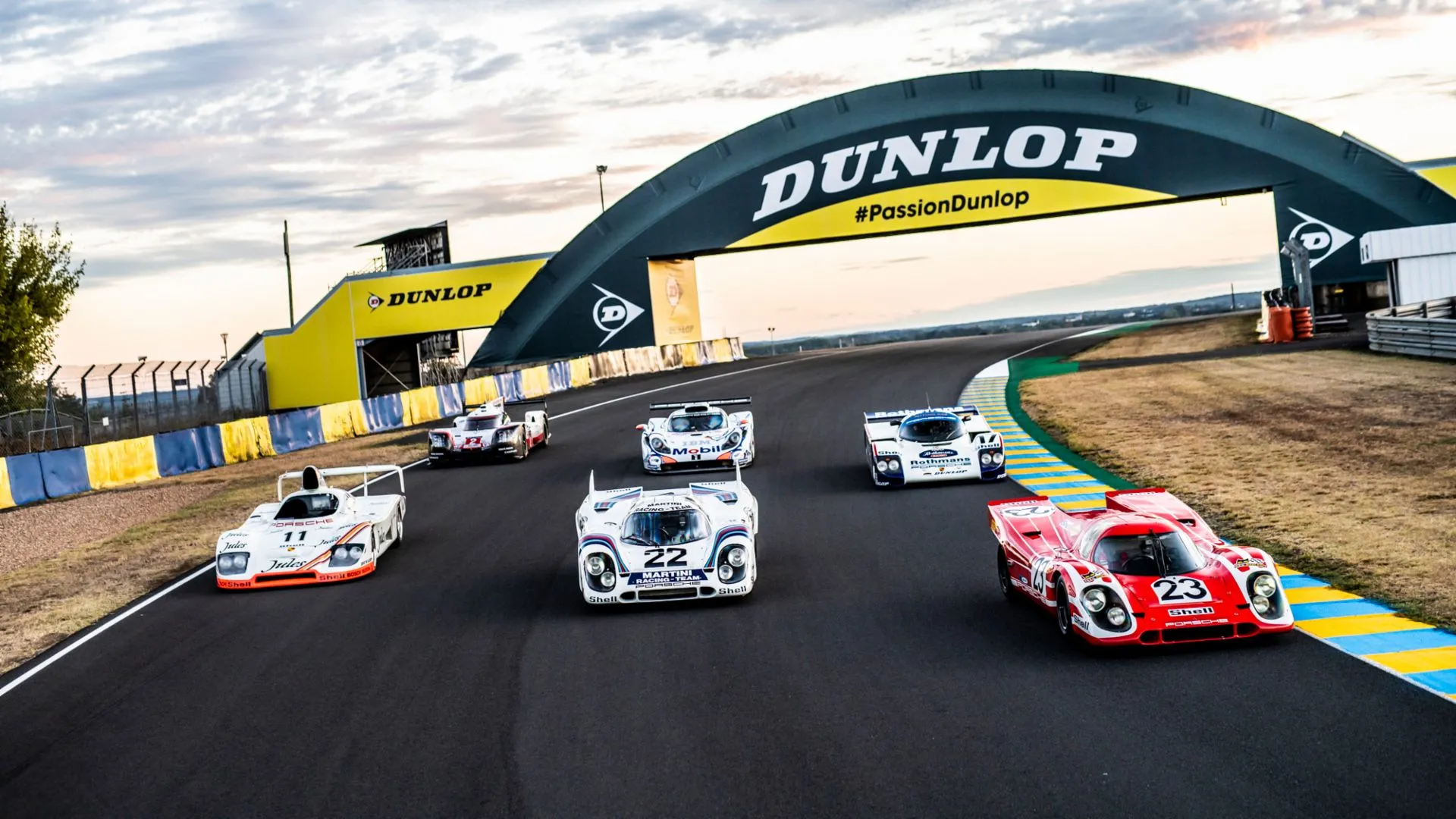Le Mans Yesterday and Today: Bugatti
09 November 2024 6 min read 5 images

Photo credit: 24 Hours of Le Mans, Bugatti
Just outside the Top 10 of the most successful constructors at Le Mans, in 11th place, sits a brand that needs no introduction: Bugatti. In the first 24 Hours race in 1923, Bugatti entered two small Brescia 16S cars, renowned for their lightness and reliability, in an era when many race cars were large and unwieldy. Despite a challenging race due to almost continuous rain, drivers de Pourtalès and de La Rochefoucauld managed a 10th place finish—a promising start hinting at the potential Bugatti could bring to endurance racing.
Register to unlock this article
Signing up is free and gives you access to hundreds of articles and additional benefits. See what’s included in your free membership. See what's included in your free membership.
Already have an account? Log In


